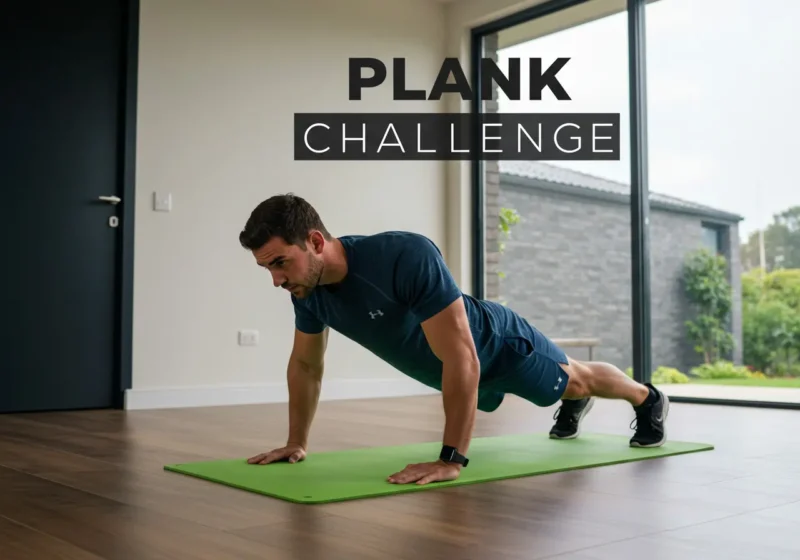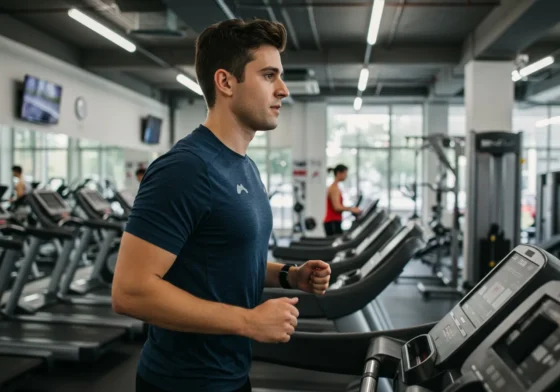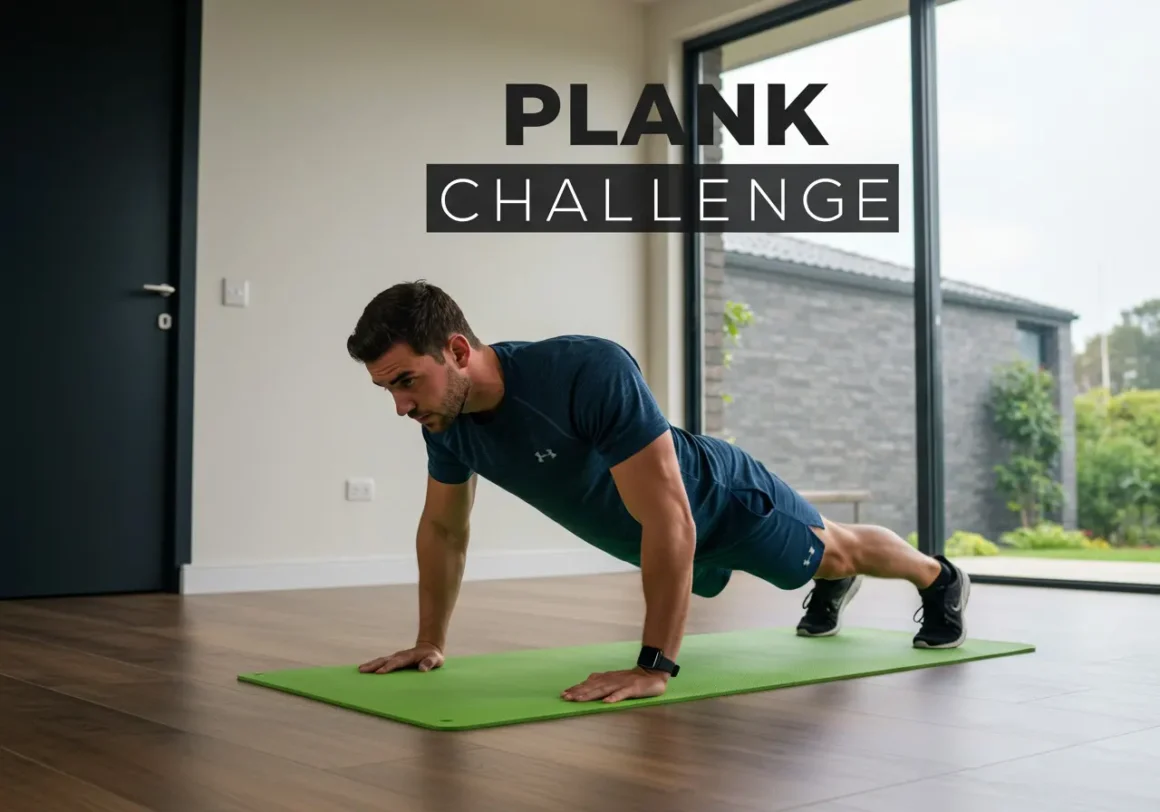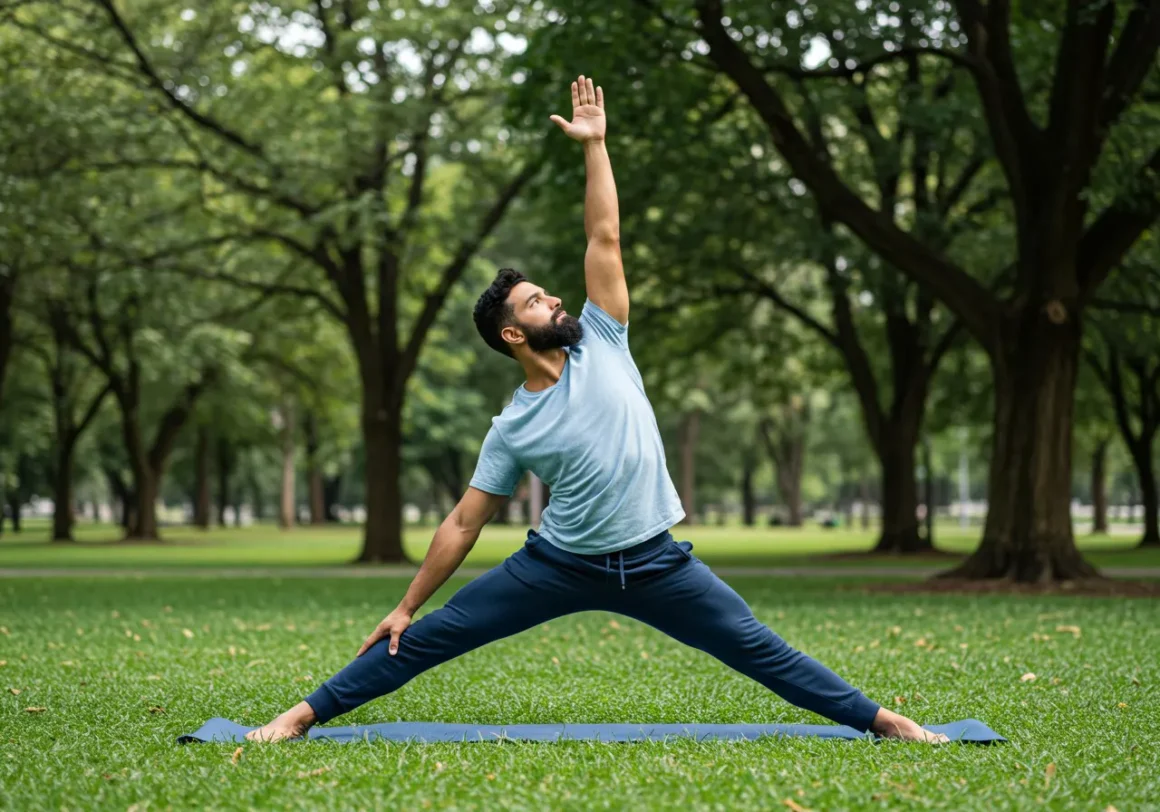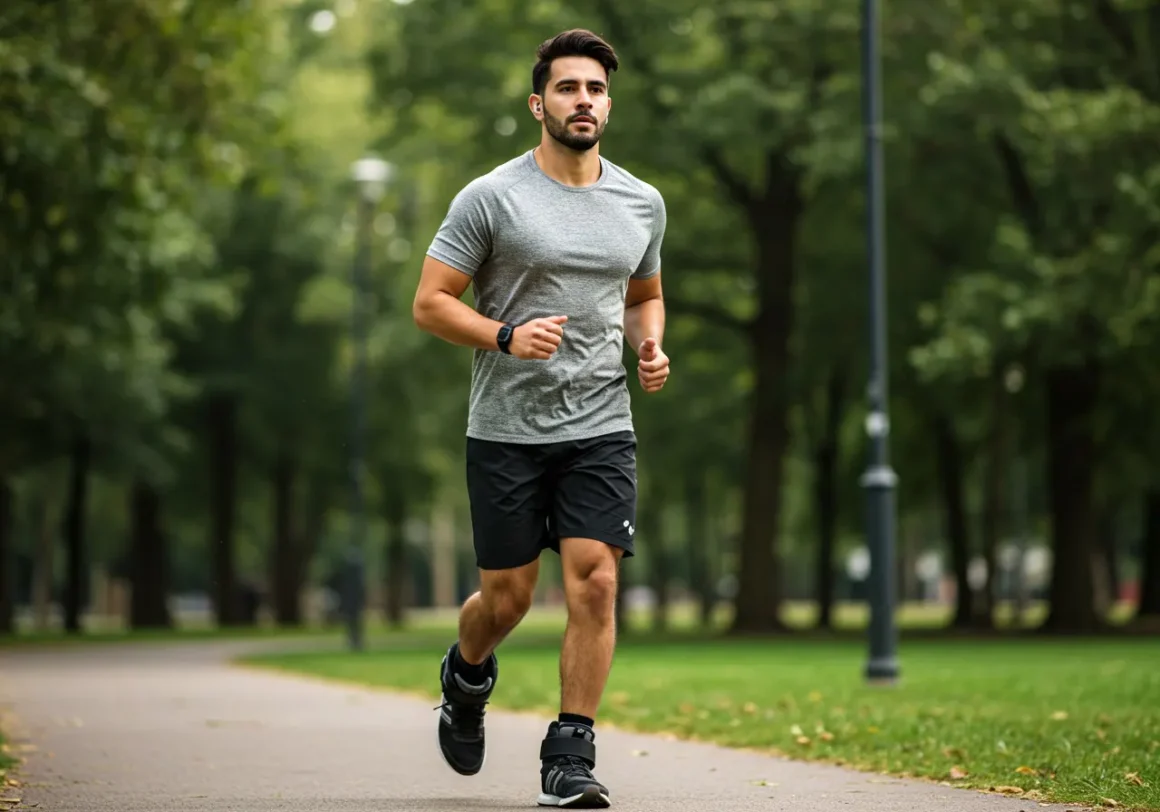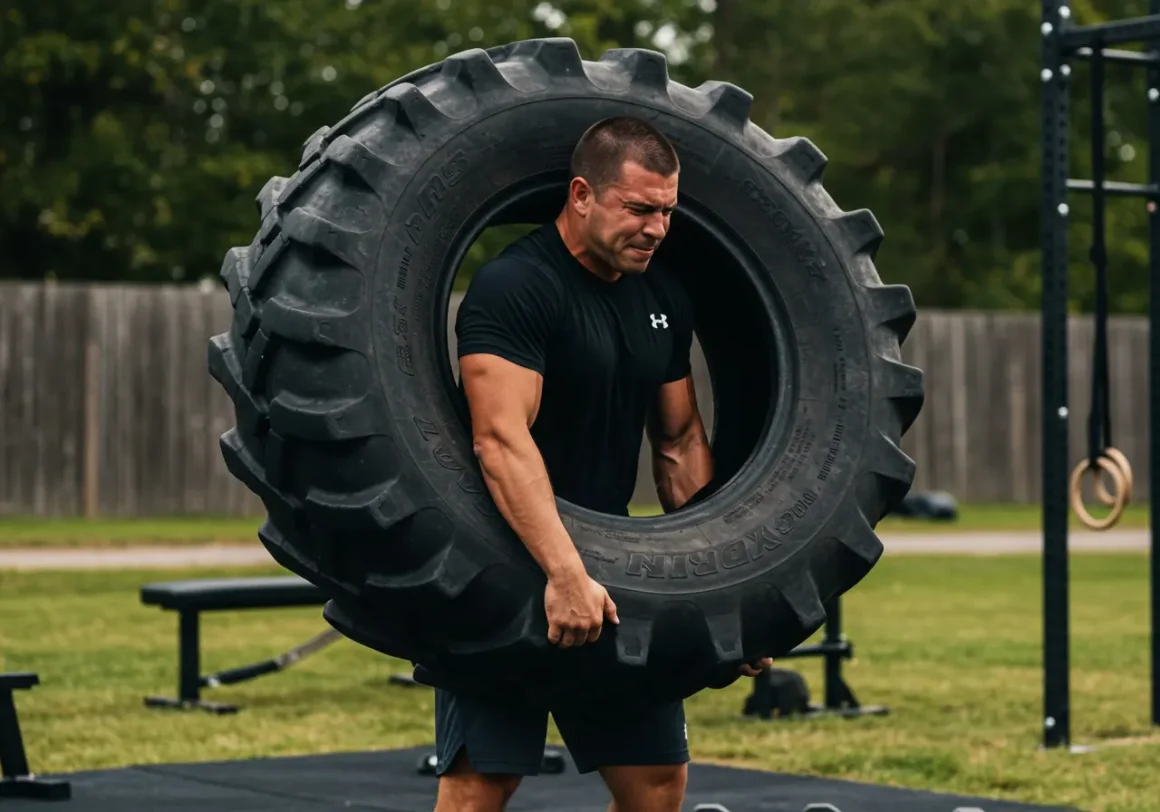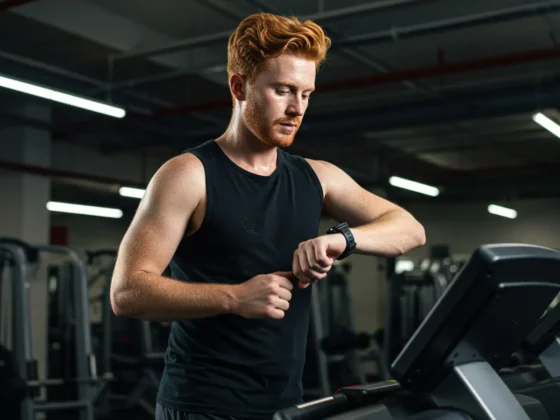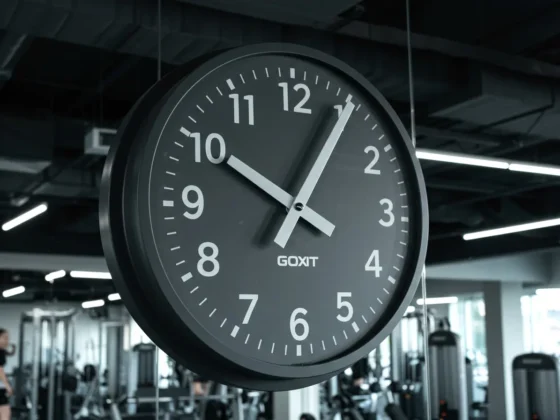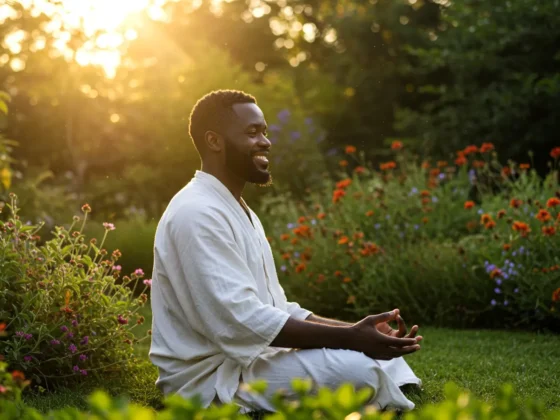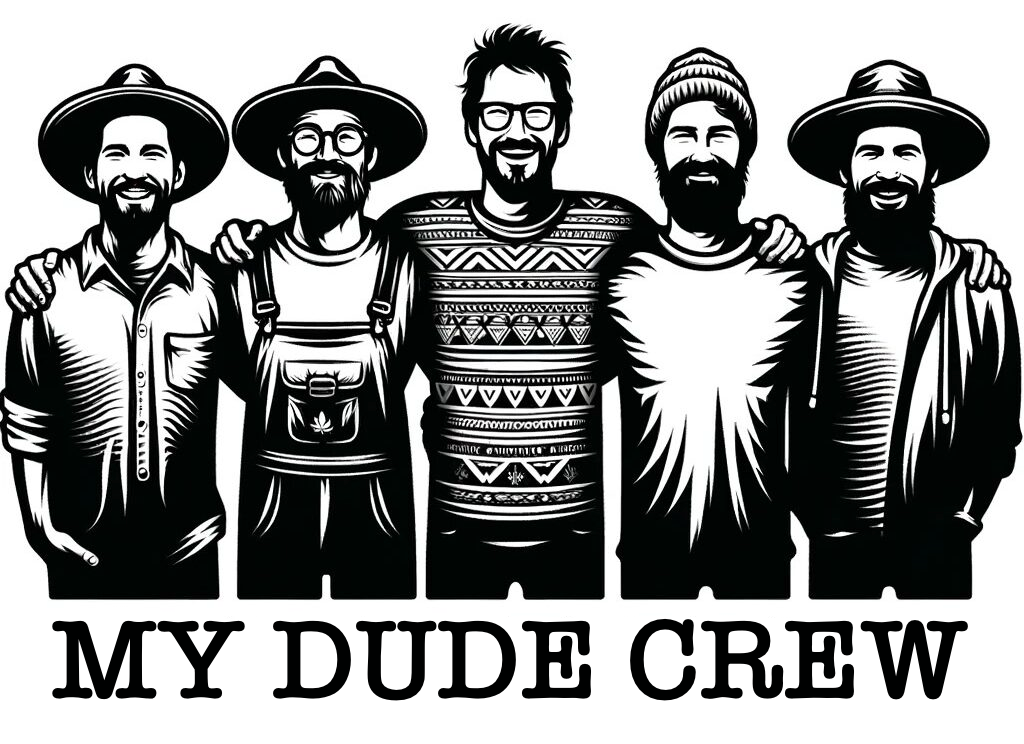Fit Fellows, let’s talk about unlocking your fitness potential without being tied to a gym membership or fancy equipment. Life throws curveballs – travel, busy schedules, maybe you just dig the simplicity of working out wherever you are. That’s exactly where bodyweight training steps into the spotlight. It’s like realizing your own body is a perfectly engineered, incredibly versatile gym, ready to go whenever you are.
Think about the basics: pushing, pulling (if you’ve got a bar handy), squatting, lunging, holding planks. These aren’t just random movements; they’re fundamental human actions. And the cool part? You can scale them infinitely. Whether you’re just starting out or you’re a seasoned athlete, bodyweight exercises can be tweaked to challenge you. Drop to your knees for push-ups, use a chair for squats, or if you’re advanced, try pistol squats or handstands. You can mess with the speed, combine movements, or add explosive elements. It keeps things fresh and demanding without needing anything more than the ground beneath your feet. It’s true freedom in fitness.
The Power of Bodyweight Training: Why It Works
So, why lean into bodyweight training? Beyond the sheer convenience, there’s a ton of upside. For one, it forces you to really focus on form. Without external weight masking imbalances, you become acutely aware of how your body moves. This attention to detail engages those crucial stabilizing muscles – the ones that keep you balanced and strong during everyday activities and other sports. Building this kind of “functional strength” means you’re training your body for real-world movement, not just lifting a static object. It translates directly to better body control, coordination, and honestly, it’s one of the best ways to build a resilient body that’s less prone to injury down the line.
Plus, there’s something incredibly empowering about mastering your own bodyweight. It’s a primal form of strength. Being able to move your own mass effectively just feels right. It hammers home the point that fitness is accessible to everyone, regardless of budget or location. It’s a foundational strength that supports everything else you might want to do, whether that’s lifting heavier weights down the road or just having more energy to chase your kids or grandkids.
Getting Started: What You Need
Okay, so you’re sold on the idea. What do you need to get started? Honestly, not much. Your body is the primary tool. A flat, stable surface helps, so your living room floor, a park, or even a hotel room works perfectly. A yoga mat can add comfort for ground exercises, but it’s not strictly necessary. If you want to incorporate pulling movements (which are crucial!), a sturdy pull-up bar is ideal. These can be mounted in a doorway relatively easily or found at most parks. Beyond that, maybe a resistance band or two later on for adding difficulty or specific movements, but truly, you can get a phenomenal workout with just gravity and your own body.
The How-To: Building Your Routine
Now, the “how-to.” Building a solid bodyweight routine is simpler than you might think. Start with the fundamental movement patterns:
- Pushing: Think push-ups. On your knees, standard, elevated feet, single arm progression. Works chest, shoulders, triceps.
- Pulling: Pull-ups or rows (using a table edge or sturdy railing). Targets back and biceps. Find something sturdy you can hang from or pull against.
- Squatting: Basic squats, chair squats, split squats, lunges, pistol squat progressions. Hits quads, hamstrings, glutes.
- Hinging: Glute bridges, single-leg glute bridges. Works hamstrings and glutes.
- Core: Planks (front, side), leg raises, crunches. Essential for stability and overall strength.
How do you structure it? You can do full-body workouts a few times a week, or split it up (e.g., upper body one day, lower body/core the next). A common method is circuit training: pick 5-6 exercises and do them back-to-back with minimal rest, then rest for a minute or two, and repeat for 3-5 rounds. Or, stick to traditional sets and reps: 3-4 sets of 8-15 reps for each exercise, resting between sets.
Smart Progression: Keep Challenging Yourself
Progression is key to keep getting stronger. Once you can do, say, 15 perfect push-ups on your knees, try moving to standard push-ups. When standard push-ups get easy, it’s time to up the ante. Here are a few ways to progress without adding external weight:
- Increase Reps or Sets: Simply doing more work is the most straightforward method.
- Decrease Rest Time: Shorter breaks between sets or exercises makes the workout more metabolically challenging.
- Improve Tempo: Slowing down the eccentric (lowering) phase of an exercise increases time under tension and muscle fatigue.
- Change Leverage: For push-ups, moving your hands lower or higher relative to your shoulders, or elevating your feet, changes the difficulty. For squats, moving to single-leg versions like lunges or pistol squats significantly increases the load on one leg.
- Add Plyometrics: Once you have a solid strength base, adding explosive versions like jump squats or clapping push-ups boosts power and intensity.
- Combine Movements: Pair a squat with a push-up (like a burpee without the jump), or a lunge with a twist to challenge coordination and work multiple muscle groups.
Always prioritize good form over doing more reps with sloppy technique. Watch videos, maybe film yourself, and focus on controlled movements.
Tools and Resources
For tools and resources, you’ve got plenty of options. As mentioned, a pull-up bar and resistance bands are great additions down the line. Simple suspension trainers that hook over a door can open up a whole new range of exercises, especially for pulling and core. There are countless free bodyweight workout apps and YouTube channels offering guided routines for every level. Find trainers whose style you like and follow their programs. Consistency is the best “tool” you have – sticking with it is what brings results.
Ultimately, bodyweight training is a powerful, accessible, and highly effective way to build strength, endurance, and body control. It strips away the excuses and puts the power of fitness directly in your hands – or, more accurately, your muscles. By mastering the fundamental movements and consistently challenging yourself with variations and progressions, you build a robust, functional physique that’s ready for anything life throws at it. It’s about taking ownership of your fitness journey, wherever you happen to be.

